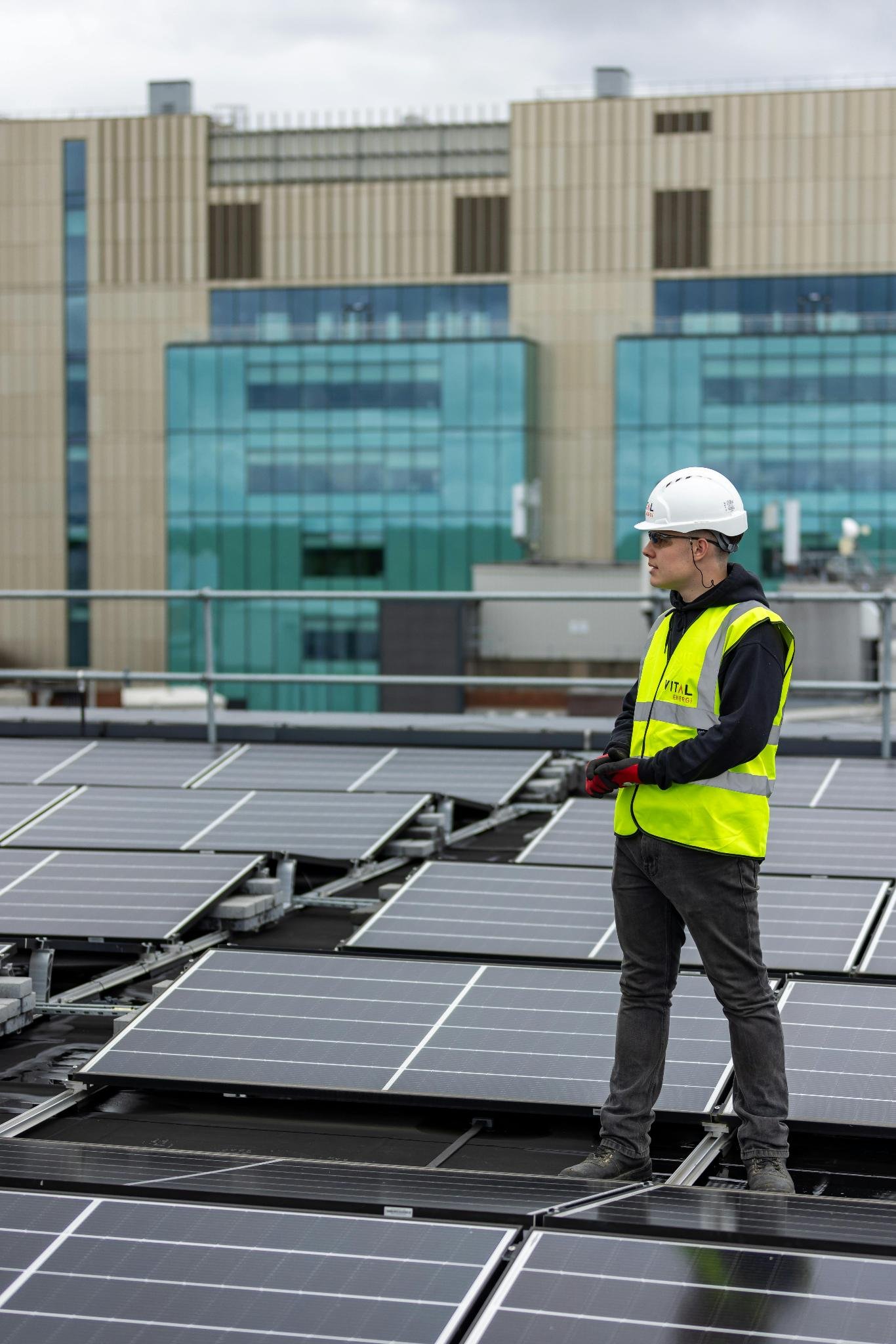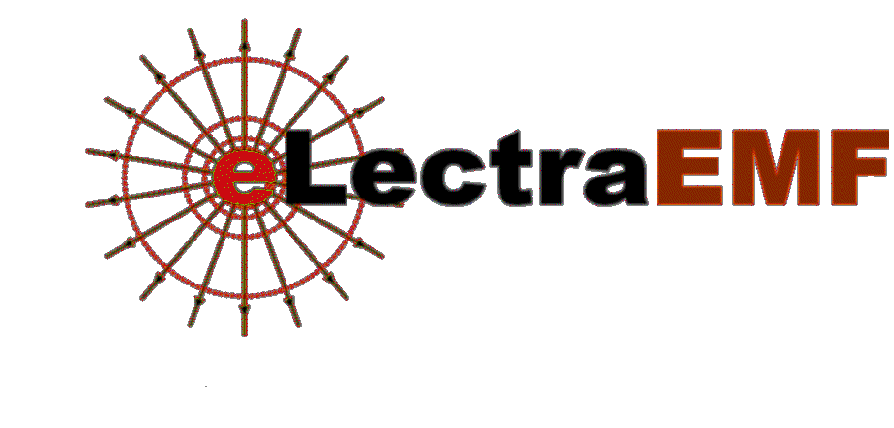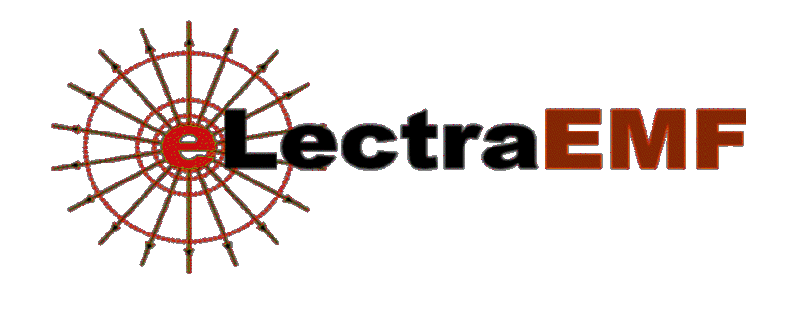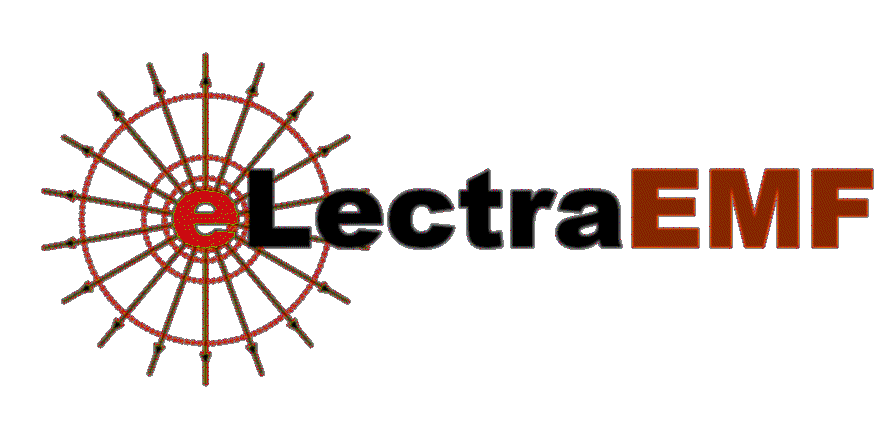Solar panels are widely praised for their environmental and economic benefits, but many homeowners are unaware that solar energy systems can also be a source of electromagnetic interference (EMI). In fact, the very components that allow solar panels to function efficiently, such as inverters, optimizers, and charge controllers, are often responsible for generating measurable levels of EMI.
Understanding solar panel EMI testing is critical, especially in dense residential areas like Manhattan, Brooklyn, and Queens, where interference can impact more than just your own devices. This blog breaks down how EMI from solar systems is generated, what it can affect, and why professional testing is essential before and after installation.
How Solar Panels Generate EMI
Solar panels produce direct current (DC) electricity, which must be converted to alternating current (AC) via inverters in order to power home systems or connect to the grid. This DC-to-AC conversion process, especially in string inverters and microinverters, generates high-frequency EMI across a wide spectrum.
In addition, power optimizers and charge controllers that regulate current flow also operate via switching electronics, further contributing to radiated and conducted EMI. These emissions can spread through home wiring, antenna lines, and nearby structures, depending on shielding and grounding quality.
Devices at Risk from EMI
While not harmful to human health, EMI can significantly disrupt the performance of sensitive electronic devices, especially in homes with young children, elderly residents, or medical needs. Common disruptions include:
- Wi-Fi Routers: Decreased signal strength or unstable connections
- Baby Monitors: Audio/visual dropouts or false alarms
- Hearing Aids and Pacemakers: Potential for interference or static
- Security Systems: False motion triggers or communication issues
- Amateur Radio Equipment (HAM): Elevated noise floors, poor reception
EMI doesn’t affect every home the same way, but older wiring, poor shielding, and high system wattage can all increase susceptibility.
The Importance of Solar Panel EMI Testing
Because EMI from solar panels is not visible, testing requires specialized equipment and licensed expertise. Many solar companies overlook EMI altogether or rely on manufacturer data sheets that don’t account for site-specific interference.
Solar panel EMI testing involves assessing:
- Radiated EMI from inverters and cabling
- Conducted EMI on house wiring
- Grounding and bonding quality
- Shielding effectiveness
- Compliance with FCC Part 15 EMI limits
Testing should ideally take place before installation, as part of a site feasibility study, and again post-installation to ensure emissions remain within safe, legally acceptable thresholds.

Protect Your Home Before You Go Solar
Before committing to a solar panel installation, it’s essential to understand how the system may affect your home’s electromagnetic environment. EMI may not stop your solar panels from generating electricity, but it can cause costly disruptions to your everyday life.
Professional EMI testing gives you the data you need to work with your solar provider, identify shielding or grounding fixes, and ensure that your system works in harmony with the technology around you.
Electra EMF is NYC’s trusted authority for solar panel EMI testing, with fully licensed electronics engineers backed by IBEW certification. We deliver court-recognized reports and site-specific EMI evaluations for homes and businesses across Manhattan, Brooklyn, Queens, and beyond.
Contact Electra EMF today to schedule your pre-installation EMI assessment and ensure a safe, interference-free solar setup.



